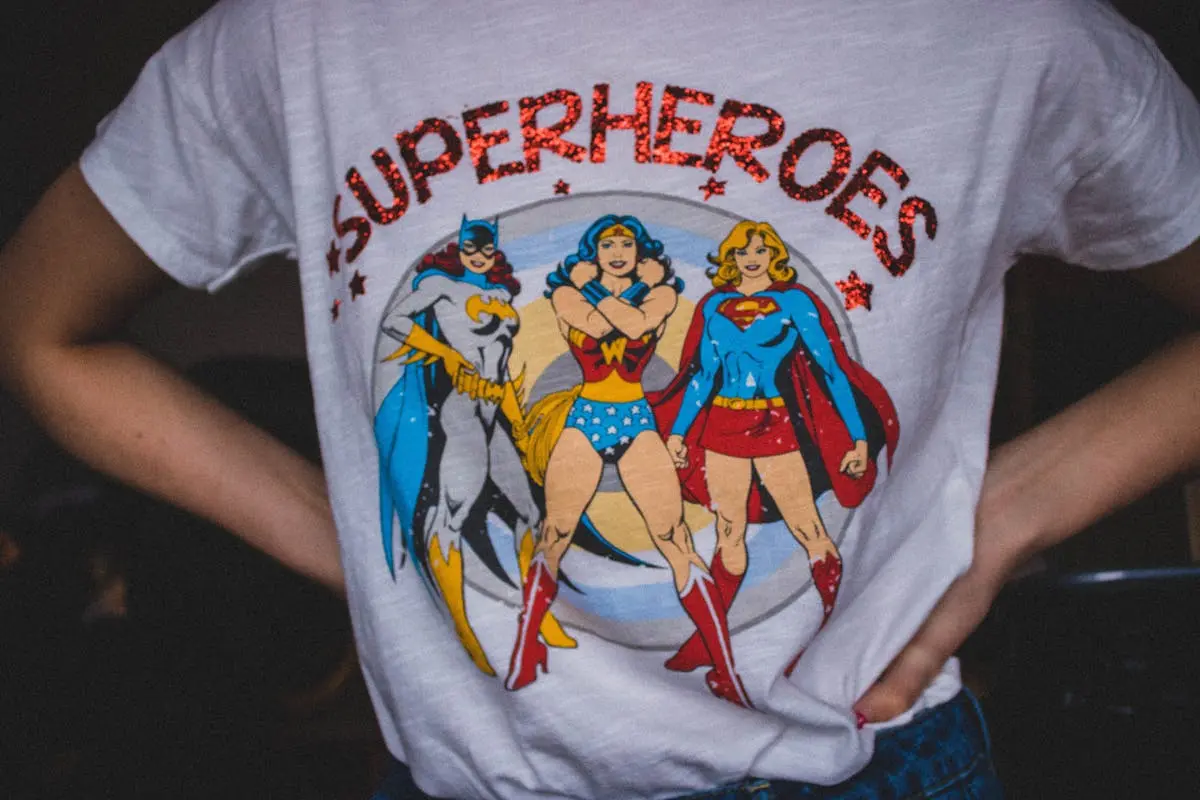Dive into the colorful and creative world of T-shirt making with DTF (Direct to Film) printing, an innovative technique that’s transforming the way we think about custom apparel. This beginner’s guide is your gateway to mastering DTF printing, from understanding the basics to exploring advanced techniques. Let’s embark on this creative journey together, and unlock the endless possibilities that DTF printing offers for your T-shirt designs.
What Is DTF Printing and Why It Matters for T-shirt Creators
At its core, DTF printing stands for Direct to Film, a digital printing method that involves printing a design onto a special film and then transferring it onto a fabric using heat and pressure. This technique is a game-changer for T-shirt creators because it allows for high-quality prints on a variety of fabric types without requiring a weeding process. It’s a flexible, efficient, and cost-effective solution that supports small batch orders, making it perfect for startups and established designers alike.
The unique selling point of DTF printing is its ability to generate vibrant, detailed images that last long after multiple washes. Unlike traditional printing methods that often restrict color usage or fabric choice, DTF printing paves the way for endless creative freedom. This versatility is why DTF printing is becoming an indispensable tool for T-shirt creators looking to stand out in a saturated market.
The Essential Tools and Materials You Need to Start DTF Printing
Embarking on your DTF printing journey requires assembling a toolkit capable of bringing your designs to life. Essential elements include a DTF printer, which is specifically designed for the task, DTF inks, DTF films and DTF Powder. Additionally, you’ll need a heat press to transfer your designs from film to T-shirt. Investing in high-quality materials from the outset is crucial for ensuring the longevity and vibrancy of your prints.
Choosing the right ink and film is critical for achieving the best results. DTF specific inks are designed to work seamlessly with the films, ensuring that prints are vivid and durable. Meanwhile, selecting a reliable heat press ensures consistent pressure and temperature, both of which are key to successfully transferring your designs onto fabric.
Step-by-Step Guide: Creating Your First DTF Print
Creating your first DTF print is an exciting venture into customization and creativity. Start by designing your image using graphic design software. Once you’re happy with your design, print it onto the DTF film in mirror mode using a DTF Software, like Cadlink. Next, apply a thin layer of powder adhesive evenly across the printed film. This adhesive is vital for ensuring the design adheres to the fabric during the transfer process.
After applying the adhesive, cure the film by melting the powder with a heat press or a dtf oven. Once cured, your design is ready to be transferred. Place the film onto your T-shirt and press it using a heat press. The combination of heat and pressure transfers the design from the film to the fabric. Carefully peel away the film to reveal your finished print. Congratulations, you’ve just created your first DTF print!
Troubleshooting Common DTF Printing Issues
Despite its many advantages, DTF printing can sometimes present challenges. Common issues include ink smudging, white ink clogging, colors not appearing vibrant, or the design not adhering properly to the fabric. Most of these problems can be addressed by checking the quality of your inks and films, ensuring your heat press is at the correct temperature and pressure, and verifying that your printer settings are optimized for DTF printing.
Finding Inspiration: Successful Projects with DTF Printing
For inspiration, look no further than the vibrant community of T-shirt creators who have embraced DTF printing. From intricate, multicolored designs that push the boundaries of traditional screen printing to subtle, detailed artworks that showcase the precision of DTF, the possibilities are endless. Social media platforms and online forums are excellent resources for discovering new ideas and connecting with fellow creators.
Maintaining Your DTF Printer for Longevity and Quality Prints
Proper maintenance of your DTF printer is crucial for ensuring its longevity and the quality of your prints. Regular cleaning of the printhead and ensuring the use of high-quality inks can prevent many common issues. Additionally, keeping your printer in an environment free from dust and humidity can help maintain its overall health. Remember, the better you care for your printer, the more consistent and vibrant your T-shirt designs will be.
Expanding Your Skills: Advanced Techniques in DTF Printing
Once you’ve mastered the basics of DTF printing, you might want to explore more advanced techniques. Experimenting with different types of fabrics, or combining DTF prints with other decoration methods can elevate your T-shirt designs. Attending workshops, watching tutorial videos, and continual learning will keep your skills sharp and your designs innovative.
Embarking on Your DTF Printing Journey
As we wrap up this comprehensive guide to DTF printing, it’s clear that this technology has opened up a world of possibilities for custom T-shirt making. From the selection of quality materials to mastering the print process and troubleshooting common issues, DTF printing offers an accessible and versatile option for creators at all levels. Embrace the learning curve, experiment with different designs, and watch as your T-shirt creations come to life with vibrant colors and crisp detail.










